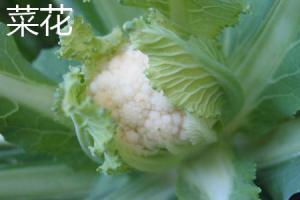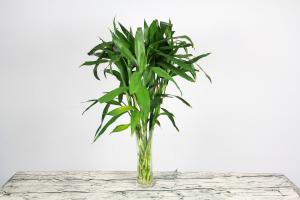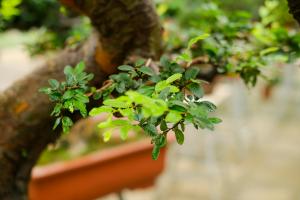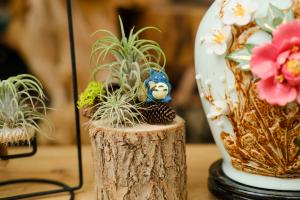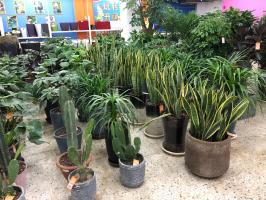Introduction
Water hyacinth is a flowering plant known scientifically as Eichhornia crassipes. This aquatic plant commonly grows in ponds, lakes, and rivers. Initially, water hyacinth was considered a beautiful plant with floating green leaves and lovely lavender flowers. However, it has now become a major problem in many countries since it grows aggressively and outcompetes native plants, leading to several environmental and economic hazards.
Physical Characteristics of Water Hyacinth
Water hyacinth has thick, dark green, and glossy leaves that float on the water surface. The leaves are around 15-20 cm long and 5-10 cm wide, and the petioles are sunken within the leaf surface. The flowers, which are lavender in color, are arranged on a spike with a diameter of about 5-15 cm. Water hyacinth has a long, soft, and spongy stem that can grow to a length of 2-5 meters.
Reproduction of Water Hyacinth
Water hyacinth reproduces through vegetative propagation and seed production. The plant can produce daughter plants that float on the water surface from the stem roots. The daughter plants can either detach from the mother plant or remain attached, leading to the formation of large colonies. Water hyacinth can also produce seeds, which can remain viable for many years. The seeds are light, and they can be spread over long distances by wind, animals, or water currents.
Ecological Impacts of Water Hyacinth
Water hyacinth has several negative ecological impacts on aquatic ecosystems. The plant forms dense mats on the water surface, reducing the amount of sunlight that penetrates the water. This can lead to a reduction in photosynthesis by other aquatic plants and can result in the death of submerged plants that require more sunlight. Dense mats of water hyacinth also impede water flow, creating stagnant conditions that reduce dissolved oxygen levels, leading to fish kills and other aquatic life forms.
Economic Impacts of Water Hyacinth
Water hyacinth causes several economic problems, primarily to industries that depend on water bodies. The dense mats of water hyacinth can clog water intakes and canals, leading to a reduction in water supply for irrigation and domestic use. This can lead to reduced crop yields and lower incomes for farmers. Water hyacinth also increases the cost of water treatment by clogging filters and other water treatment facilities, leading to higher costs for industries and consumers.
Control Measures for Water Hyacinth
Several methods can be used to control water hyacinth, including mechanical, chemical, and biological control. Mechanical control involves physically removing the plant from the water, while chemical control involves using herbicides to kill the plant. Biological control involves the introduction of natural predators that feed on water hyacinth, such as weevils and moths. Integrated approaches that utilize a combination of the three control methods have been found to be the most effective in controlling water hyacinth populations.
Conclusion
Water hyacinth is a flowering plant that is known for its aggressive growth and ability to cause significant ecological and economic harm. The plant commonly grows in ponds, lakes, and rivers, forming dense mats that clog water intakes and reduce dissolved oxygen levels. Several control measures, including mechanical, chemical, and biological control, can be used to manage water hyacinth populations. However, an integrated approach that combines all three methods is the most effective in controlling and preventing water hyacinth outbreaks.

 how many times do yo...
how many times do yo... how many planted tre...
how many planted tre... how many pine trees ...
how many pine trees ... how many pecan trees...
how many pecan trees... how many plants comp...
how many plants comp... how many plants can ...
how many plants can ... how many plants and ...
how many plants and ... how many pepper plan...
how many pepper plan...